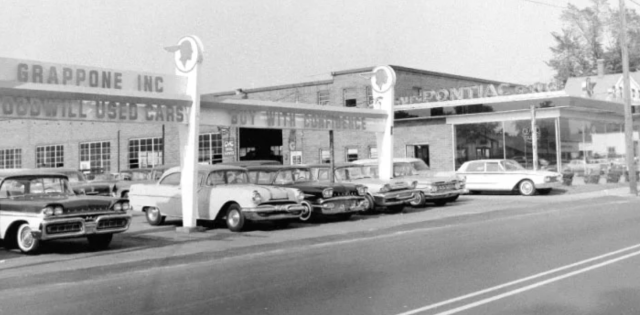New light-vehicle sales fell significantly last month. The SAAR of 11.4 million for March 2020 represents a decline of 34.1% compared to March 2019 and is the lowest monthly SAAR since April 2010. Raw volume in March declined by 606,000 units to fewer than 992,000 units. Solid new-vehicle sales in January and February helped lessen the decline of the first quarter SAAR. The year-to-date SAAR of 14.8 million represents a decline of 12.3% compared to the first quarter of 2019. Raw volume in the first quarter was just shy of 3.5 million units, down from 4.0 million units in the first quarter of 2019. Light trucks, which remained popular during the first quarter, represented 74.1% of all new vehicles sold.
New-vehicle sales were on a healthy pace until mid-March, when widespread social distancing measures went into effect to try to slow the spread of the novel coronavirus (COVID-19). Most states have enacted stay-at-home orders, resulting in a near complete shutdown of the U.S. economy. According to J.D. Power, 39 states so far have enacted stay-at-home orders affecting 265 million people.
Most dealerships remained open for essential services through much of March, and this helped blunt the decline in new-vehicle sales somewhat. But with most new-vehicle sales operations halted, scaled back or limited to online sales with vehicle delivery, the sales outlook for April and May is bleak. According to J.D. Power, new-vehicle retail sales are expected to fall by 80% in April and between 40% and 70% in May.
Many automakers moved quickly to offer 0% financing for up to 84 months in an effort to bolster sales. According to J.D. Power, incentive spending also has increased with average incentive spending reaching a record $4,800 per vehicle and light-duty pickup incentive spending hitting a record $7,200 per vehicle in the final week of March. Vehicle sales will continue in those markets where they are still allowed, and we expect there will be pent-up demand once Americans begin returning to work. Where new-vehicle sales will end in 2020 remains to be seen. The severity and duration of the economic shutdown is unknown, but so far a record number of Americans have filed for unemployment and Congress passed the largest stimulus package in history. Understandably, our initial 2020 sales forecast of 16.8 million units is no longer valid. At this point, we expect new light-vehicle sales in 2020 to come in between 13 million and 13.5 million units. This forecast is subject to change as we learn more about the impact of the economic shutdown on the U.S. economy and the auto industry.










